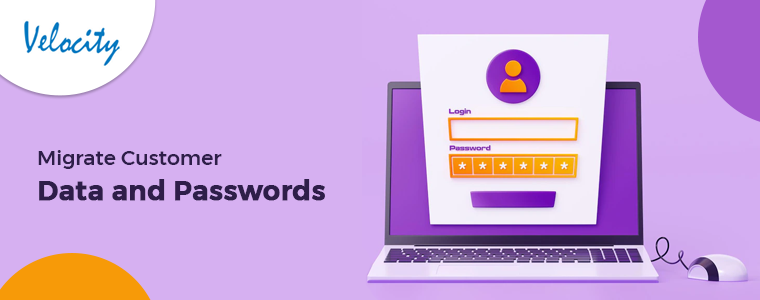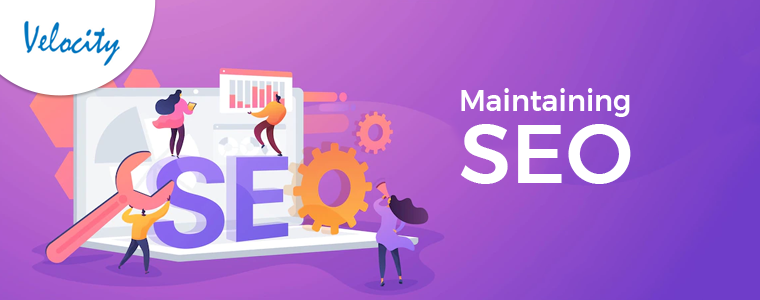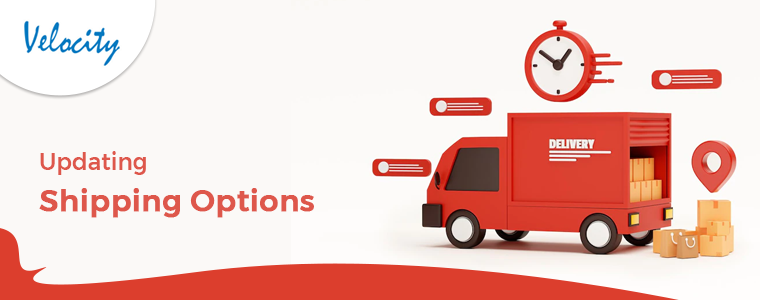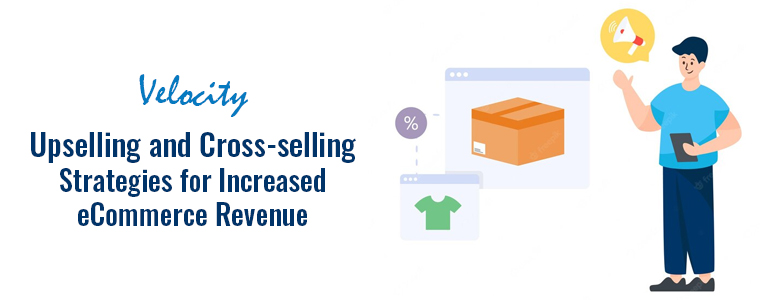Migrating your eCommerce website can be a daunting task. Many potential issues can arise, and if not handled properly, they can cost you time and money. In this blog, we will discuss the most common migration issues, and how to fix them. By following these tips, you can ensure a successful and smooth migration for your eCommerce website!
1. Choose Right Tech Stack
Choosing the right technology stack for an eCommerce website can take time and effort. Make sure you research all options carefully and pick one that is reliable, secure, and works with the other components of your eCommerce platform.
2. Data Mapping
Incorrect data mapping can lead to broken links and missing content on your eCommerce website. Take the time to map out all of the data from your old eCommerce site so that it will transfer over correctly to the new site.
3. Migrate Customer Data and Passwords
This is one of the most common eCommerce website migration issues. Many eCommerce platforms store customer data, such as contact information, address, and payment information. This data must be transferred to the new platform to keep customers’ accounts active and accessible. Also, passwords must be adequately migrated to ensure your customers can access their accounts on the new platform.
4. Integrating Third-Party APIs
eCommerce platforms rely heavily on third-party APIs for certain features like shipping, payments and more. Integrating these APIs with the new eCommerce platform can be difficult due to compatibility issues or different programming languages used by both applications. It’s essential to thoroughly test these integrations before launching.
5. Redirecting Old URLs
eCommerce websites typically have a lot of URL structure that needs to be redirected when migrating from one platform to another. This can be not easy, as the new platform may not support specific URLs or formats. It’s essential to properly redirect all old URLs to maintain SEO rankings and ensure customers can still access your website.
6. Updating Content and Images
eCommerce websites often contain lots of content and images which must be updated when migrating platforms. Content must be migrated over manually, or you risk losing your SEO ranking due to duplicate content across both sites. Additionally, images should be updated, if necessary, to ensure they are compatible with the new eCommerce platform.
7. Testing Platform Compatibility
eCommerce platforms run on different systems and software, which means the new platform may not be compatible with specific devices or browsers. It is essential to thoroughly test the new eCommerce platform across various devices and browsers to ensure customers have a seamless experience accessing your website.
8. Maintaining SEO
eCommerce website migrations can cause a loss of SEO ranking due to duplicate content across both sites. It’s essential to properly redirect all old URLs and update content, images and meta tags to maintain your current SEO rankings.
9. Testing Payment Integrations
eCommerce websites rely heavily on payment integrations such as credit cards, PayPal, and more. It is essential to thoroughly test these integrations before launching the new eCommerce platform, otherwise, customers may experience issues when making purchases on your website.
10. Migrating Data Securely
eCommerce websites contain sensitive customer data that must be migrated securely between platforms to protect against potential data breaches. It’s essential to ensure the new eCommerce platform has robust security measures to protect customer data when migrating.
11. Updating Shipping Options
eCommerce websites often have many different shipping options, such as flat rates, free shipping, and more. These options must be updated when migrating platforms to ensure customers can select the correct shipping option and avoid any potential issues with their orders.
12. Ensuring Smooth User Experience
eCommerce website migrations can disrupt user experience due to compatibility issues or slow loading times on the new platform. It is essential to thoroughly test your eCommerce website before launching and ensure it is running correctly on all browsers and devices.
13. Including the Right Features
eCommerce website migrations should also include the right features and tools to ensure customers have a seamless user experience when accessing your website. This can include things like optimized checkout processes, customer service portals, and more that help improves the overall usability of your site.
By taking the time to properly assess and address the common eCommerce website migration issues mentioned above, you can help ensure your eCommerce platform is updated successfully with minimal disruption for both you and your customers. No matter what eCommerce platform you are migrating from or to, there are specific steps that make sure a successful migration process. By following best practices such as proper data migration, URL redirects and testing integrations before launch, you can ensure your eCommerce website platform is updated successfully.
Migrating eCommerce websites to a new platform can be a daunting task. Still, with the proper preparation and testing, you can ensure that your eCommerce website migration is successful with minimal customer disruption. Following these tips can avoid common eCommerce website migration issues and ensure a smooth transition to the new eCommerce platform.
Final Crux
eCommerce website migrations can be complex, but with the proper preparation and testing, you can ensure a successful eCommerce website migration with minimal disruption for your customers. Following best practices such as URL redirects, data migration and payment integrations, you can avoid common eCommerce website migration issues and smoothly transition to the new eCommerce platform. Ensure that the features are optimized for user experience and follow these tips to prevent potential eCommerce website migration issues. With the proper planning, you can ensure your eCommerce platform is updated successfully.














